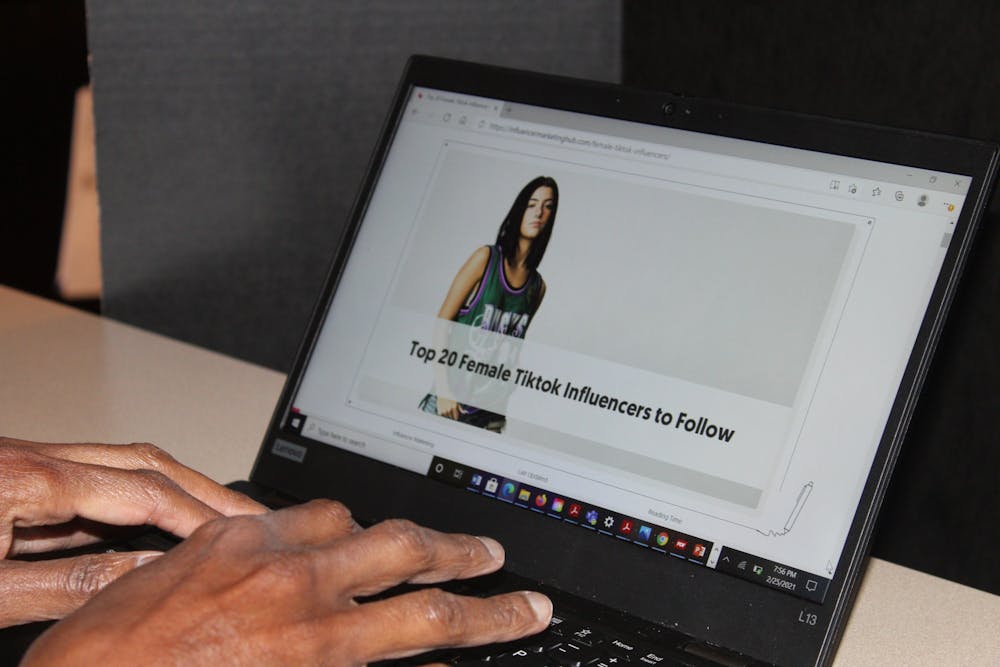While absentmindedly scrolling through TikTok, I came across a video that prompted me to pause. A girl, who was “attempting to look feminine the way that boys do," had applied dark makeup, donned bulky rings and was wearing structured clothing. A quick hashtag check proved that this video concept was trending.
This aforementioned “feminine boy look” is a subset of TikTok fashion that includes men in feminine aesthetic choices, such as makeup, jewelry, skirts and nail polish. Typically, the style still maintains an element of masculinity, such as structured pants or boxy coats.
When heterosexual men embrace feminine styles, they are glorified and praised for “breaking boundaries." While many creators who embrace feminine styles still do receive hateful comments, the majority of interactions on these posts seem to be overwhelmingly positive and almost exclusively from women.
Something about the TikTok concept of women embracing “men’s version” of femininity didn’t sit right with me, but I couldn’t determine exactly why.
I firmly believe in creating safe spaces for boys to explore self-expression. Men and women should both be empowered to express themselves, and restrictive gender roles and norms are oppressive for men, women and non-binary or gender-fluid individuals.
The influx of feminine fashion worn by men has risen to notoriety alongside the narrative that men embracing these styles is unprecedented. This, however, couldn’t be further from the truth.
Young boys in the 1880s typically had long hair and wore dresses. Men were the first to wear heeled shoes, and eyeliner was initially worn by both men and women in ancient Egypt. Scottish men have been wearing skirts in the form of kilts since the 16th century. Our perception of gender expression is constantly evolving based on the current historical and cultural climate.
Despite these constant changes, three themes clearly emerge when examining gender norms and clothing. Dominant groups in society (such as white, wealthy, straight men) tend to control conditions that impact gender norms, and thereby feminine and masculine fashions. Capitalism has significantly impacted male and female fashion. And finally, there are particular expectations of what femininity really entails.
Male influence



